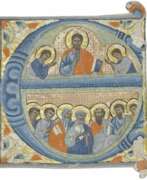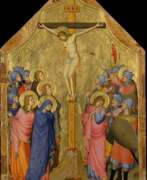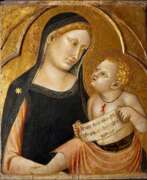Illustrators 14th century
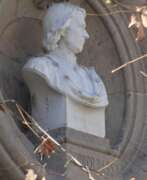

Ferrer Bassa was a renowned Catalan Gothic painter and miniaturist, active in the early 14th century. His artistry not only graced the courts of Aragon but also laid the foundations of the Catalan School of painting. Bassa is celebrated for integrating the traditional Gothic style with French and Sienese influences, creating a unique visual lexicon that was ahead of his time.
Born around 1285, Bassa's career highlights include his work for Alfonso IV of Aragon and the impactful series of frescos in the St. Michael Chapel at the Monastery of Pedralbes in Barcelona. These frescos, executed between 1345-46, are Bassa's most significant surviving works. They showcase an Italianate style, featuring around twenty scenes that focus on the Passion of Christ and the Seven Pains of the Virgin. His work in the Great Canterbury Psalter also stands as a testament to his exemplary skills.
Bassa's contribution to the world of art extends beyond his own creations. He played a pivotal role in the evolution of the Catalan phase of Gothic painting, significantly influencing the period's artistic direction. His legacy was furthered by his son, Arnau Bassa, who continued his father's artistic journey.
For art collectors and enthusiasts, the works of Ferrer Bassa are more than historical artifacts; they are the keystones of Catalan Gothic art. His influence resonates in the works of subsequent artists and continues to inspire modern artistic expressions. For those wishing to delve deeper into the rich tapestry of Gothic art, Ferrer Bassa's works are an indispensable resource.
To stay informed about upcoming sales and auction events featuring Ferrer Bassa's works, we invite you to sign up for our updates. This subscription is tailored for enthusiasts and collectors like you, ensuring you never miss an opportunity to own a piece of this illustrious artist's legacy.
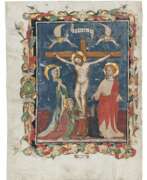

Jacopo di Paolo was an Italian painter and illuminator who worked in Bologna during the fourth and fifth centuries.
Jacopo was a very versatile artist, working in several of the city's famous decorative studios and collaborating with sculptors to create drawings for sculptures. He was also involved at various levels in the political and cultural life of the city. Jacopo was enrolled in the Guild of Artists and Jewelers and held many public positions in Bologna. Jacopo's influence in Bologna lasted for half a century and his three sons also became artists.
